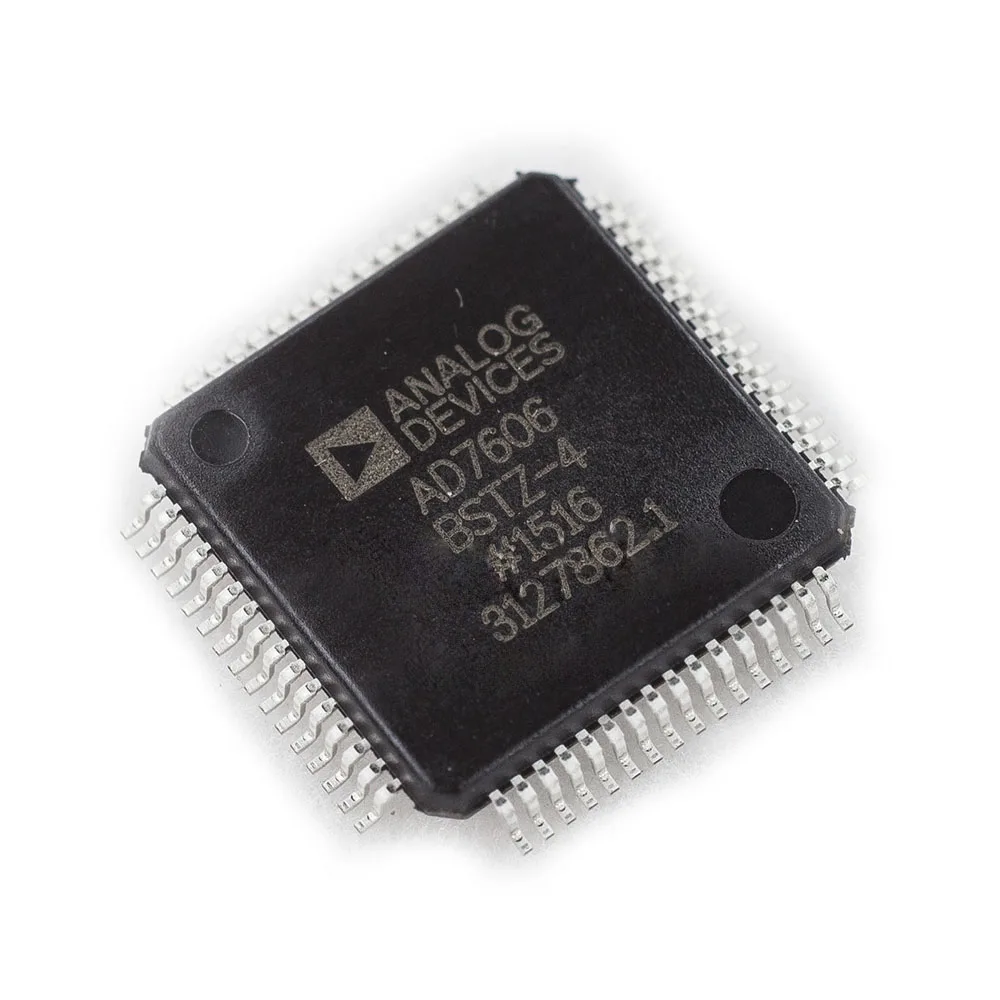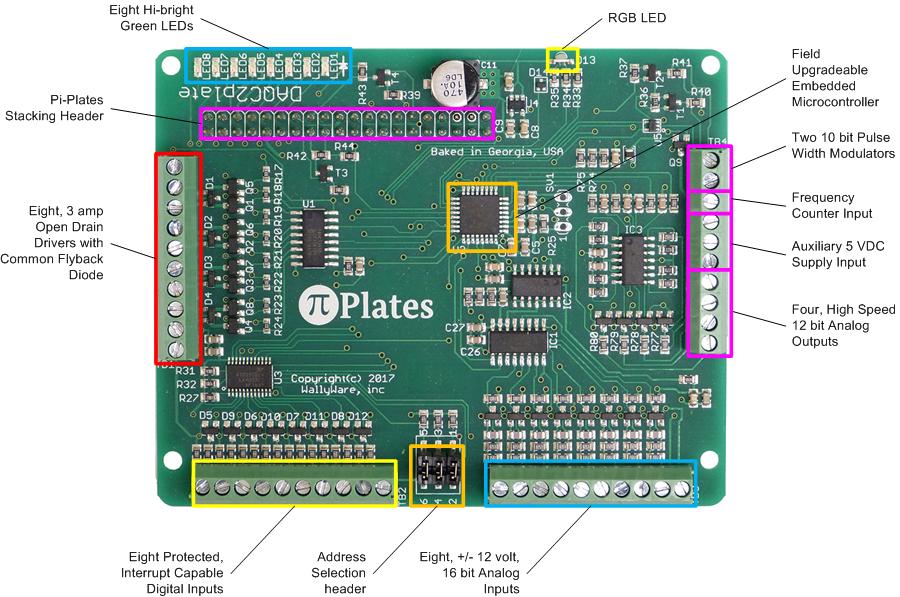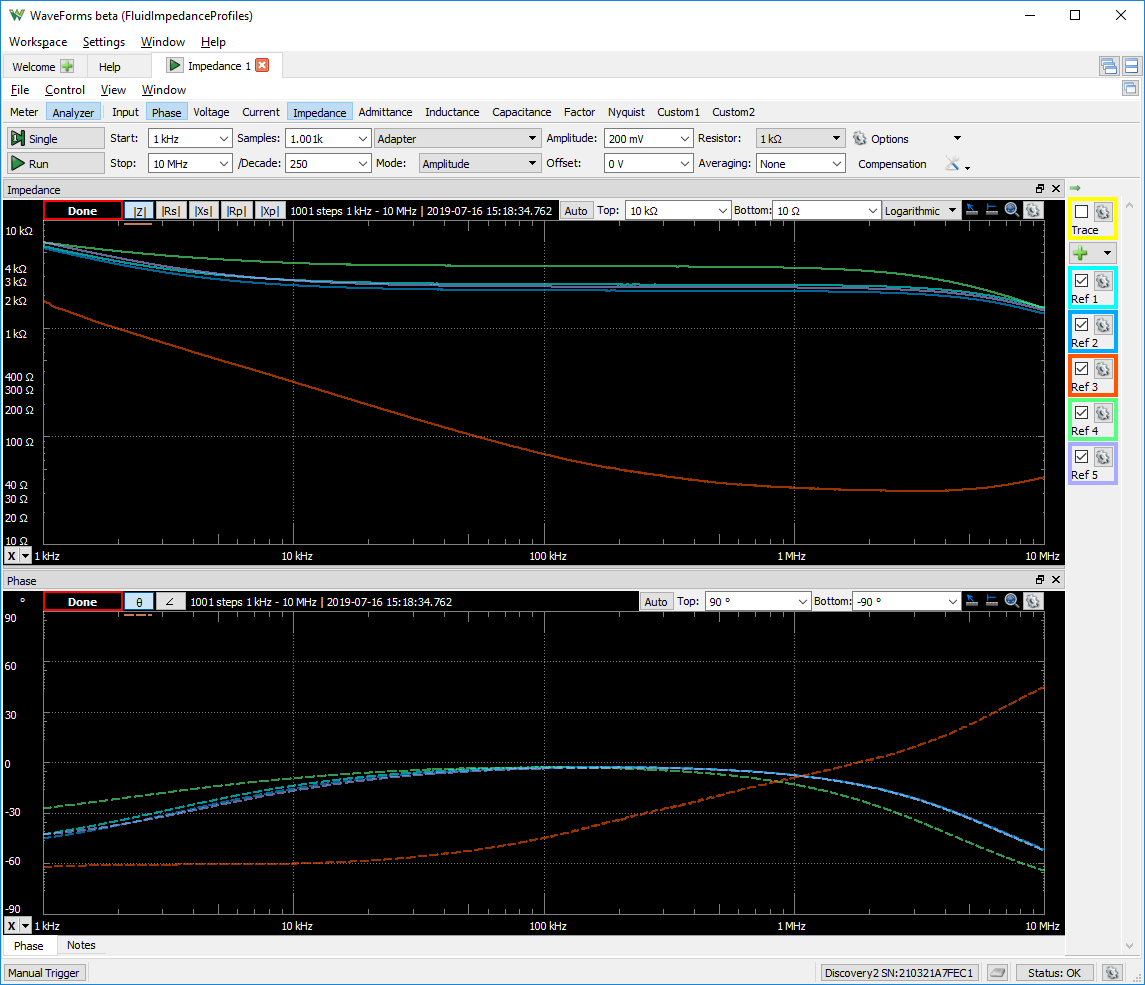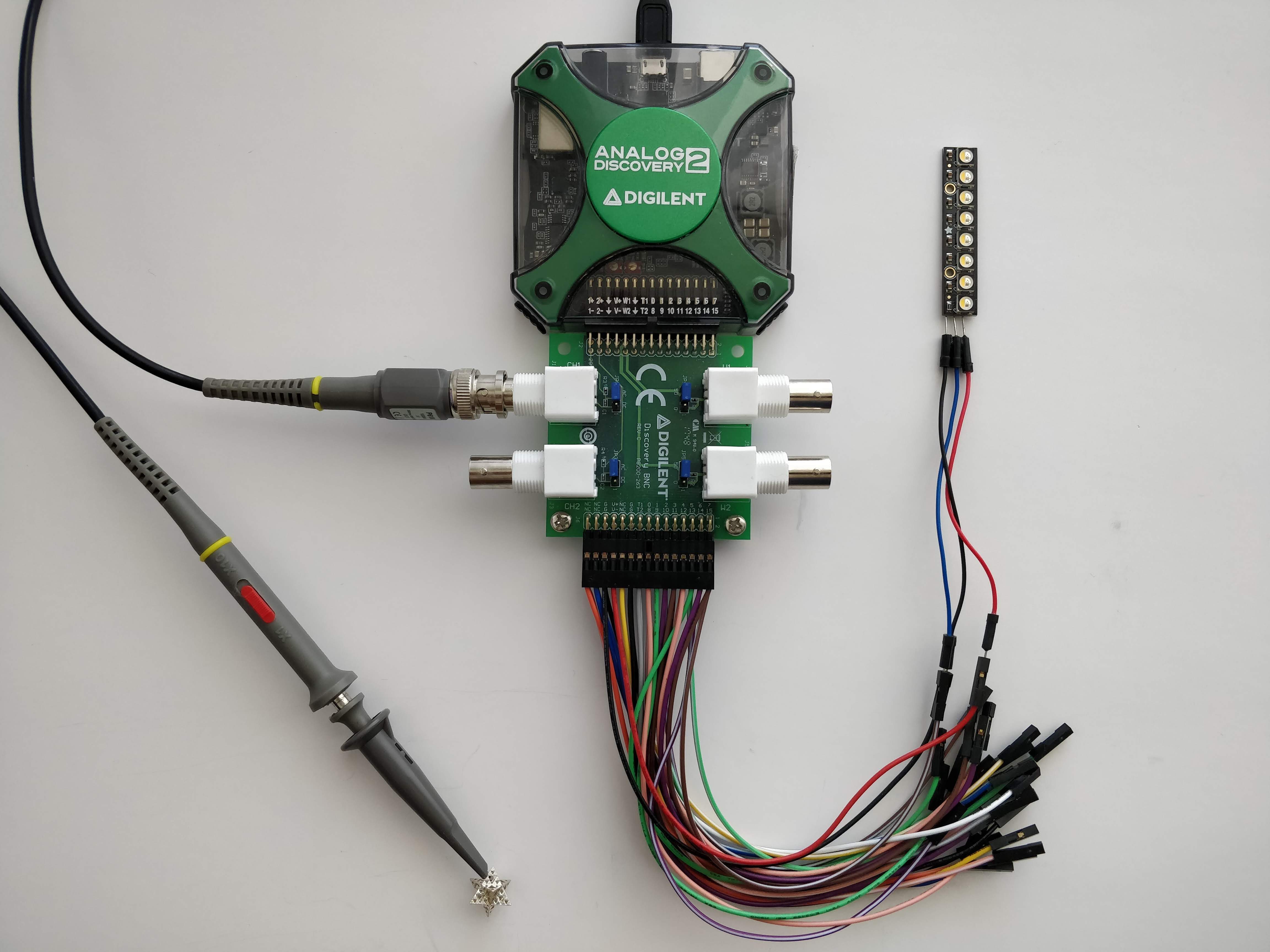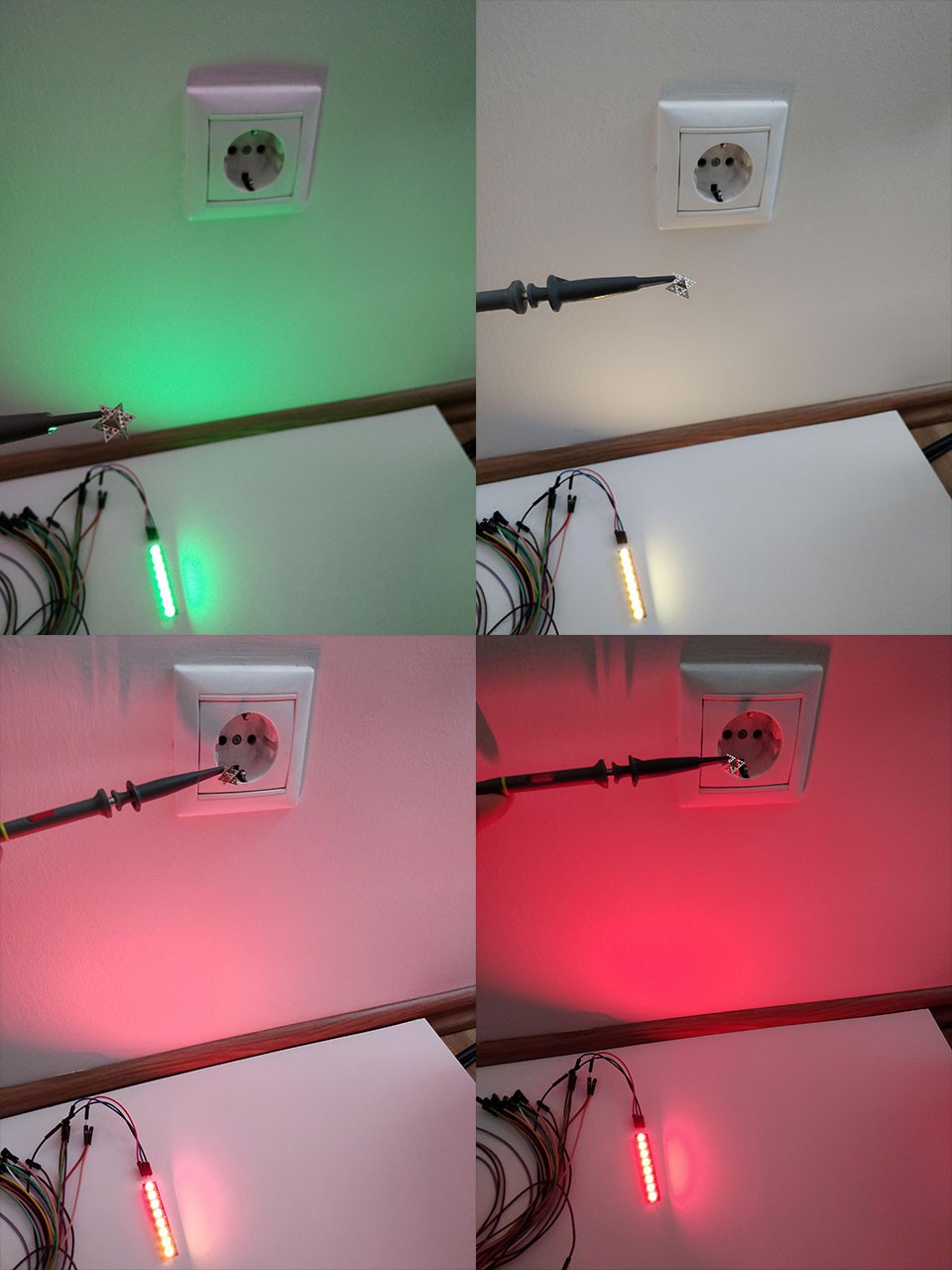-
Quick update #2 - Analog-digital conversion module
07/20/2019 at 08:47 • 1 commentHi guys,
There are some progress on many fronts.
I met with a potential partner company that could connect me with a University research group to dive a little bit deeper into the bio-electromagnetic phenomena we would like to process and show with our device. The goal would be to get a few papers published so that investors can see this development less risky. (If you are not familiar with bio-electromagnetics, please check out my blog at http://blog.biobalancedetector.com/)
I also met with a researcher friend of mine who works on some fascinating stuff and we decided to work together on a side-project which eventually could lead to a radically new sensor design. I can't tell too much about it just yet, there is a long list of experiments we have to build and document first.
On the architecture side I'm investigating some new platforms and ICs.
![]()
As you probably know the new Raspberry Pi 4 model B is available. It's not a critical update for me at the moment at all, and there are many things missing on the software side, but still, one thing already made it attractive: it might finally work with my Analog Discovery 2 using its USB3 port. (The USB2 ports are still unusable due to a Linux driver fault. More details here: https://forum.digilentinc.com/topic/1713-analog-discovery-2-vs-raspberry-pi-3/)
![]()
My original choice for the ADC was the AD7616 which is still a fantastic little IC, but I realized that to build an evaluation board for it would cost me too much (of my time and money), so I started to look for a similar one that is more popular.
AD7606 is fairly well known, it has somewhat similar specs and there are C++ and Python sources available for Raspberry Pi. Extra good news that Analog Devices came out with an improved version just a few weeks ago, called AD7606B, and its spec is pretty close to our requirements. It's also backward pin compatible with the AD7606, so upgrade should be a no-brainer.
Anyway, I ordered two types of evaluation boards of the AD7606 from AliExpress and I got them a few days ago. I started to play around with the Python module and test scripts I found, and although it looks a little buggy, it's good for now.
![]()
I also have my eyes on the DACC2plate (https://pi-plates.com/daqc2r1/) mainly because it's a complete Raspberry Pi HAT and it has C# library which I could probably use out of the box with .NET Core.
![]()
I run a few tests to see how much of a difference can I measure in the impedance of tap water, filtered water and salted water. It's pretty significant, so they will came useful in the future.
I will continue my experiments with the impedance measurements of different fluids which hopefully will lead me closed to the new sensor design. We'll see!
Andras
-
Quick update #1 - Demo with Analog Discovery 2
06/22/2019 at 10:09 • 0 commentsHi guys,
First of all I thank you all who are following this project, it means a lot. I think I owe you an update, because many things happened since the project was last updated.
I went to a few startup events, promoted the project and looked for an investor without too much luck so far, but that doesn't mean at all that the project is stalled. On the contrary! :)
I will not bore you with the countless test measurements I did in the last months, I will focus more one of my testing devices.
I used Digilent's Analog Discovery 2 and it's wonderful WaveForms platform to write some scripts to demonstrate the natural phenomena. Here is the setup:
![]()
So, as you can see the Analog Discovery's scope's input is connected to a special antenna. It is a 3D-printed fractal antenna from silver. The digital outputs of the Analog Discovery is connected to a NeoPixel LED array that I control from the script in WaveForms. (The WaveForms software lets you write scripts to control its scope,waveform generator,FFT,protocol analyzer, etc.)
The end results is rather intuitive and funky: if you get close to anything (living or non-living) that emits electromagnetic waves you get a color indication on the LED's about how strong that field is (compared to the ambient environment radiation). With this little device we can demonstrate the theory and the usefulness of this sampling of the very weak electromagnetic fields. It already revealed some of the radiation sources in my house :)
In the following pictures you can see a very simple case when I move the sensor closer to the power outlet. The outlets are emitting the 50/60Hz waves continuously, so they are easy to detect.
![]()
Interestingly enough I can show the energy field changes around our palms and it looks like it reacts to our focus and intentions. Fascinating stuff!
In the following weeks I'm going to meet a guy from a local incubator firm, I'll have a day-long workshop with a researcher/engineer who has a very promising sensor design, and I'll focus on the Venus-256 prototype by playing around with Raspberry Pi, .NET Core 3.0 and the AD7616 multi-channel ADC.
Stay tuned,
Andras
Bio Balance Detector
256-channel data acquisition system (DAS) to provide a bio-potential reading in the 0.4Hz-500kHz frequency range using a flat panel detector
 Andras F
Andras F
